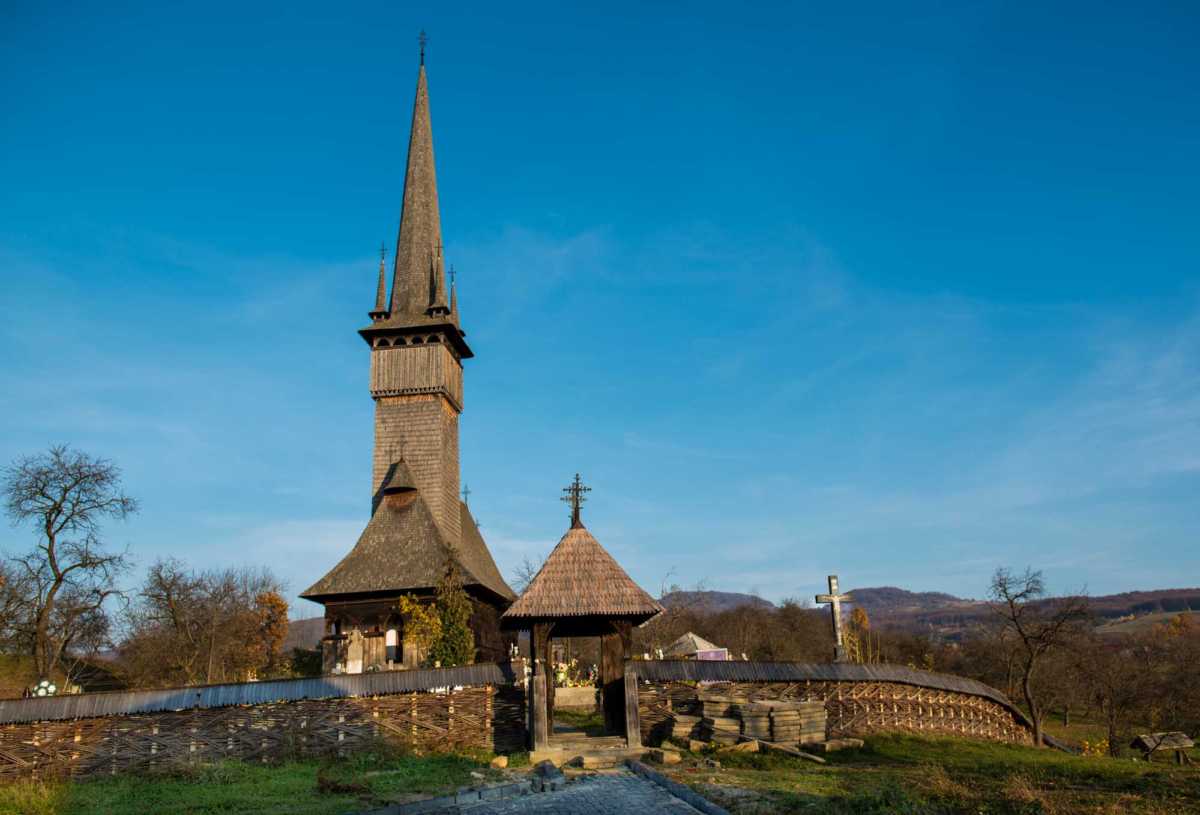
There are eight UNESCO World Heritage Sites in Romania. Six are cultural sites, and two are so-called natural sites.
The UNESCO sites named The Wooden Churches of Maramures and the Fortified Churches of Transylvania are made up of multiple sites in several villages. We have visited a few of each. Our posts about those sites are linked to the name on the list below.
We have also visited the Historic Centre of Sighisoara, and we will update this site when we post about it.
Oddly, one of the most viewed pages on Travel Past 50 is a post I wrote about Driving in Romania. Most of my observations about that topic were gleaned on the roads we traveled to reach the Fortified Churches and the Wooden Churches.
UNESCO Cultural sites (6)
- Churches of Moldavia (1993,2010)
- Dacian Fortresses of the Orastie Mountains (1999)
- Historic Centre of Sighişoara (1999)
- Monastery of Horezu (1993)
- Villages with Fortified Churches in Transylvania (1993,1999)
- Wooden Churches of Maramureş (1999)
UNESCO Natural sites (2)
- Ancient and Primeval Beech Forests of the Carpathians and Other Regions of Europe (2007,2011,2017)
- Danube Delta (1991)
To see lists of other Unesco sites we have visited (as of 2013,) see the post UNESCO World Heritage Sites So Far. That post is constantly being updated as we visit more sites.
Romania celebrates its 100th anniversary in 2018. True Romania Tours, a sponsor of this and other Romania posts on Travel Past 50, offers a range of centennial, food, genealogy, rural, and custom tours throughout the country.
Up Your Travel Skills
Looking to book your next trip? Use these resources that are tried and tested by us. First, to get our best travel tips, sign up for our email newsletter. Then, be sure to start your reading with our Resources Page where we highlight all the great travel companies and products that we trust. Travel Accessories: Check out our list of all the accessories we carry to make getting there and being there a lot easier. Credit Cards: See our detailed post on how to choose the right travel rewards credit card for you. Flights: Start finding the very best flight deals by subscribing to Thrifty Traveler. Book your Hotel: Find the best prices on hotels with Booking.com. See all of the gear and books we like in one place on our Amazon shop.Got a comment on this post? Join the conversation on Facebook, Instagram, or Threads and share your thoughts!



Comments are closed.